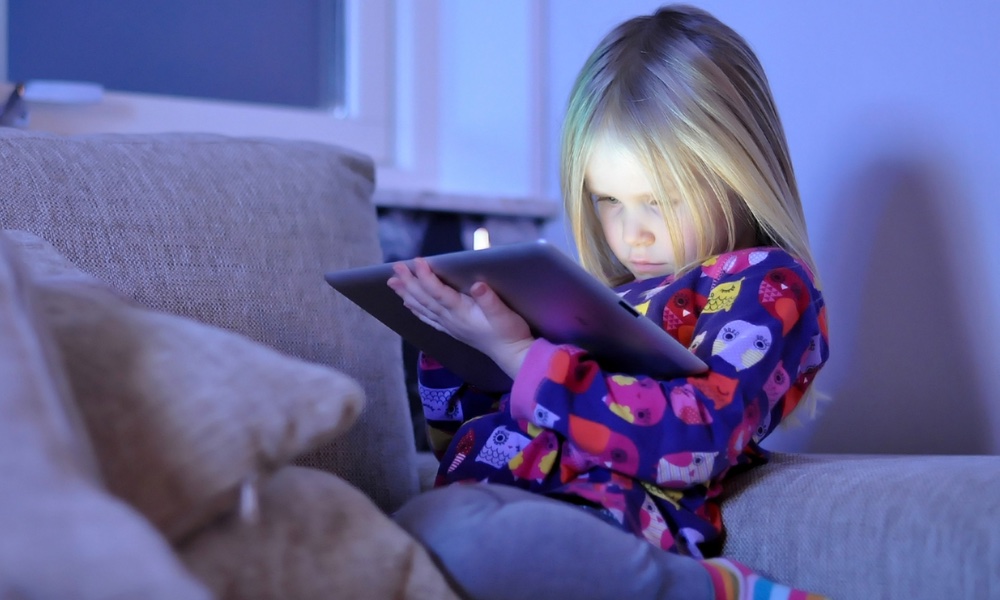Strides have been made to control the marketing of unhealthy foods on television to young children, but there’s a new kid on the block now. “Kid influencers” on YouTube are creating lots of on screen content promoting junk food, according to a new study. And their influence is presenting a new set of problems.
A kid influencer can be any child, from a toddler to a teen, whose videos posted on social media test games and toys, show fashion trends or make-up tips, or just provide entertainment, and have become so popular that they have garnered the attention of companies who pay to advertise or sponsor posts for their products. From this a YouTube channel is born. In the case of very young children, it’s the parents who run the show.
To understand kid influencers and the types of food and drinks they promote, researchers at New York University’s School of Global Public Health and Grossman School of Medicine identified the five most popular kid influencers on YouTube in 2019 and analyzed their most watched videos. As they screened 418 YouTube videos, researchers recorded the foods or beverages shown, along with items and brands. Then they evaluated those products for nutritional quality.YouTube videos featuring junk food were seen more than one billion times.
It is not known whether or not the food and drink product placements in videos were paid endorsements, but their presence in such staggering numbers is certainly problematic. Food companies are able to directly promote unhealthy food to children with videos made by instrumental kid influencers or their parents.
YouTube is popular with kids and parents alike, especially with parents needing to find ways to occupy their children while working from home during the COVID pandemic. Over 80 percent of parents with kids under 12 let them watch YouTube channels of kid influencers, probably because they are assumed to be safe viewing.
Easy access of phones and tablets and young children’s seemingly innate ability to maneuver these devices mean children can start following kid influencers at a very young age, often before they can even read. They are subjected to ideas that shape their eating habits, among other things, as a result of the products and lifestyles promoted on the channel.
Nearly two billion dollars are spent by food and beverage companies every year marketing their products to kids, and though television is where most of the money goes, online advertising has grown dramatically along with the growing use of social media.
The researchers hope that the Federal Trade Commission and state attorneys general will pay attention to this issue and find ways to rein in these practices and protect children. Kids are exposed to thousands of food commercials on television every year as it is, and adding the influence of YouTube videos to that makes it more difficult to teach children about healthy eating.
The study is published in Pediatrics.





